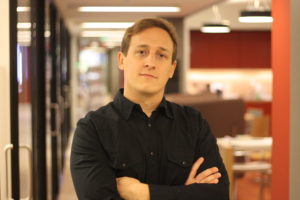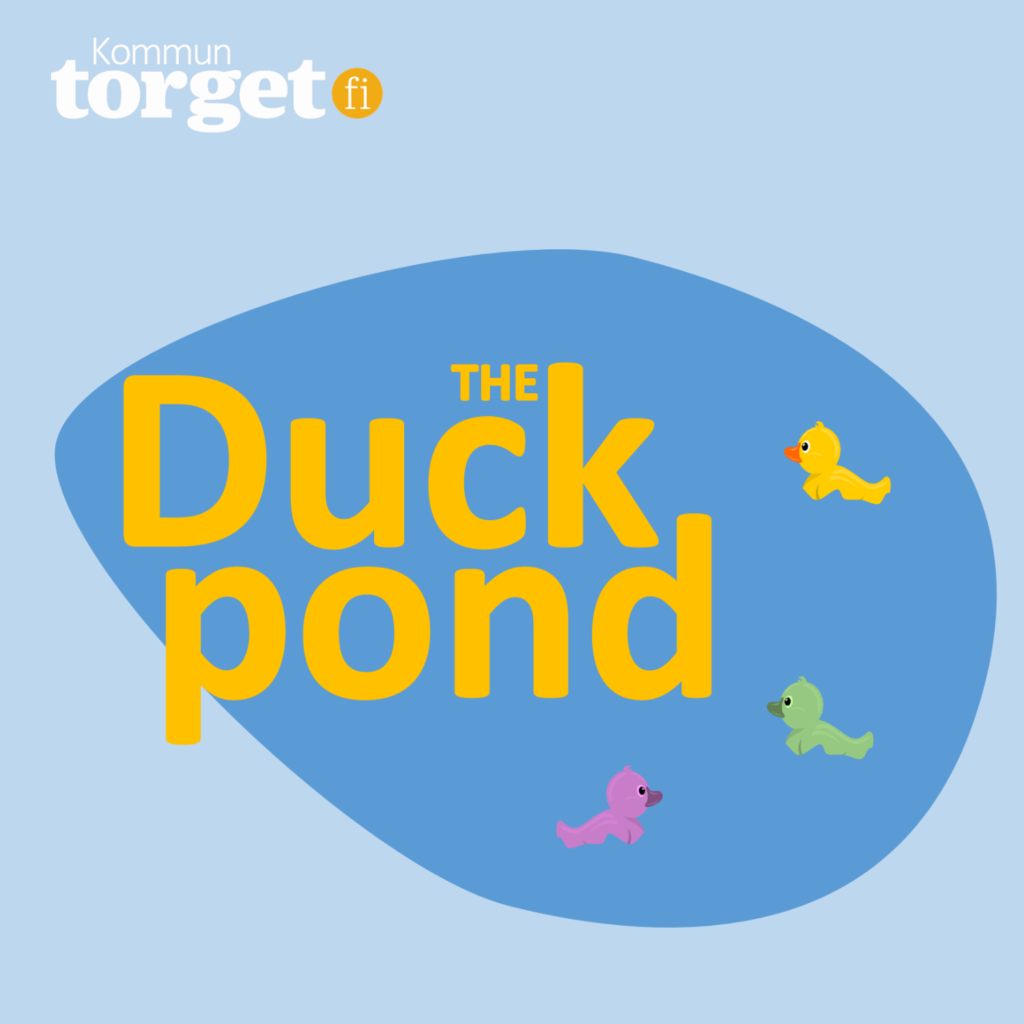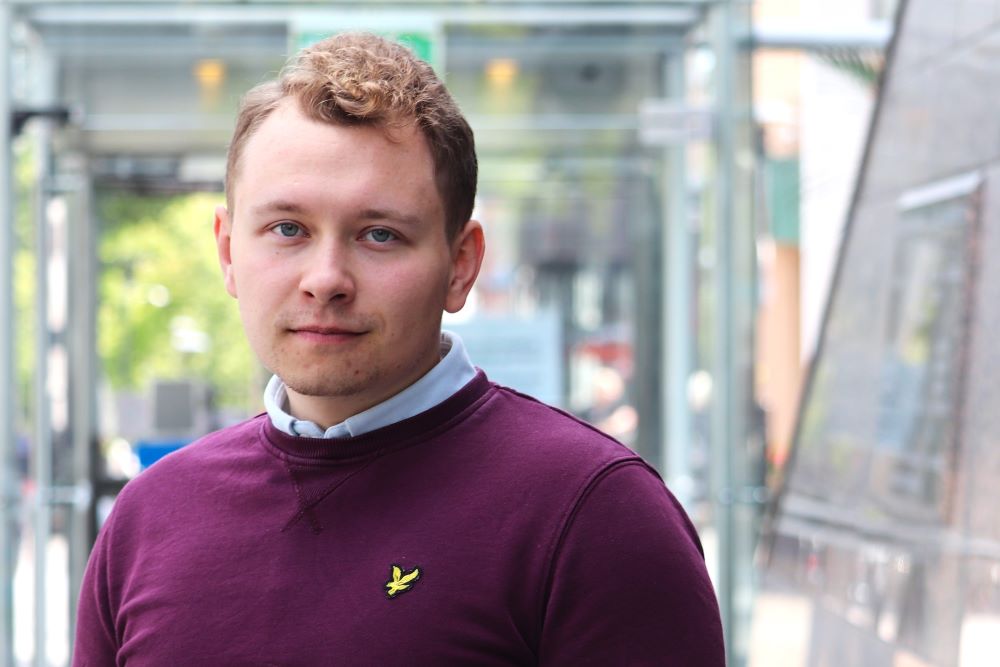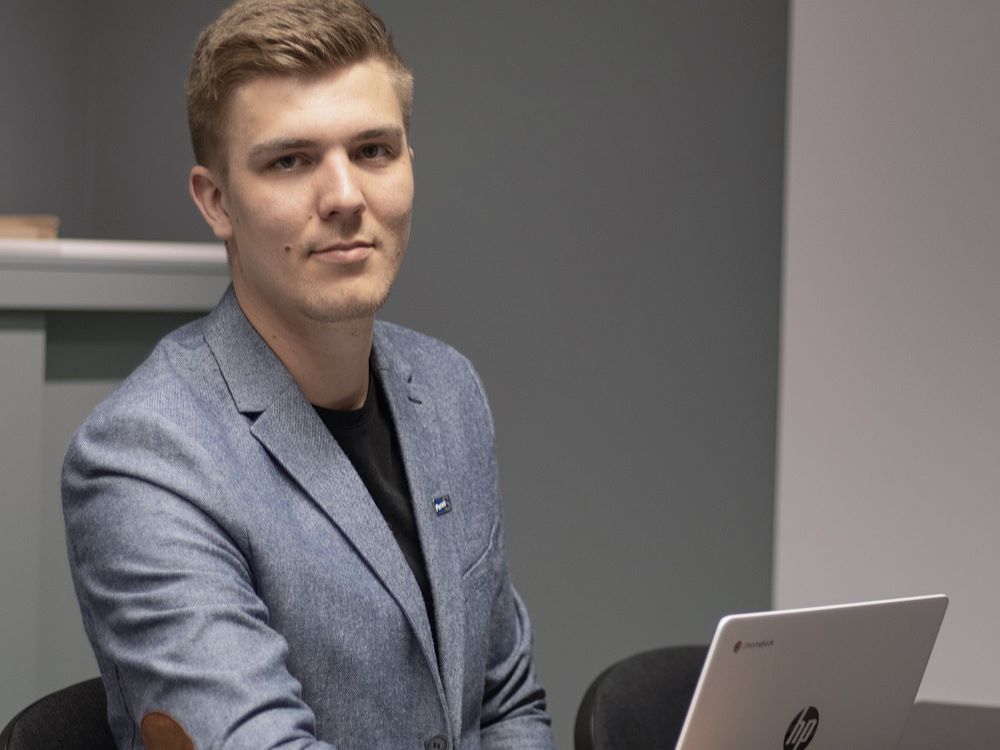Podcast: Duck Pond #3 Integrationskurser, förväntningar och tidsbrist
I det här avsnittet talar Gregory Pellechi om hur integratioskurser i Finland är uppbyggda och om förväntningar både från de studerandes, lärarnas och samhällets sida.
I de två föregående avsnitten har temat integration diskuterats utgående från högre konceptuella premisser, men i det här avsnittet fokuserar Greg på hur integrationskurserna ser ut i den konkreta vardagen. Avsnittet är gjort med tanke på dem som funderar på om det är en bra idé att integreras på svenska eller inte i Finland.
I avsnittet talar Greg med Annette Jansson, från Arbis i Helsingfors. Annette är planeringschef för avdelningen för nordiska språk och ansvarar för språkutvecklingen i de svenskspråkiga integrationskurserna på Arbis. Hon har också varit Gregs lärare, så vem kunde vara bättre att förklara hur integrationskurserna ser ut?
Hur är kurserna uppbyggda och hur mycket tid tar de? Går det att kombinera med jobbsökande? Och vad är det för skillnad på frivilliga kurser och kurser upphandlade av NTM-centralerna?
I detta avsnitt hör du: Annette Jansson, Anita Sahlström samt studerandena Adam, Abdullah, David, Casey, Wakas, Roshan, Blandine and Tamim.

In this episode of the Duck Pond host Gregory Pellechi talks integration course structure and expectations.
Over the previous two episodes I’ve asked a lot of questions. Or presented integration from a high concept thoughtful premise. I up until this point may be attempting to hold a prosaic conversation that not everyone is interested in having. Integration regardless of the context is rife with political, social, cultural, economic and personal implications.
But none of that matters when you want to simply make a go of it.
So in the interests of those who just want to know whether or not they should integrate in Swedish, I bring you this the third episode of the Duck Pond, a look at the basics of integration courses and Swedish in Finland.
In order to do that I spoke with Annette Jansson, from Arbis in Helsinki. Annette is the planning manager of the Nordic languages department and is responsible for language development in the Swedish-language integration course at Arbis. She’s also been my teacher so who better to turn to for an explanation of integration courses.
Annette spoke to me about the integration tendered integration courses. When I began integrating last year, Swedish classes were not tendered in the capital region even though they had been offered since 2012. They were recognized by the local unemployment office and those who took it did so of their own accord.
In principle the tendered courses aren’t that different because they all follow the same national plan. Of course each program has different teachers who interpret how to implement that plan. The teachers and coordinators can also develop their own curriculum to better tie in with the different books and resources they use. There may be a central plan but it leaves a lot of leeway for the programs and the teachers.
Students are expected to study at least two hours a day at home following five hours of class. The exercises are a mix of what’s found in the course-assigned textbook and workbook, online options and other material. Then there’s the repetition. A lot of repetition. Because after all immigrants are learning a language and improving their vocabulary is often about rote repetition and use.
Time is a resource the unemployed have in great supply. That’s not true for those integrating as all of a sudden the state has laid claim to that time, so any other interests or pursuits may need to be put on hold. Which is doubly difficult given the fact that the skills of anyone looking for work are atrophying. It’s always easier to get a job if you have a job. Which is why Arbis’ integration course has a work placement period, and so do other integration courses, but not all.
The time claimed by integration is trying in the best of circumstances. It’s not the only difficulties faced by immigrants, But more on that in a future episode of The Duck Pond. Today’s episode included Annette Jansson, Anita Sahlström, as well as integration students Adam, Abdullah, David, Casey, Wakas, Roshan, Blandine and Tamim.







